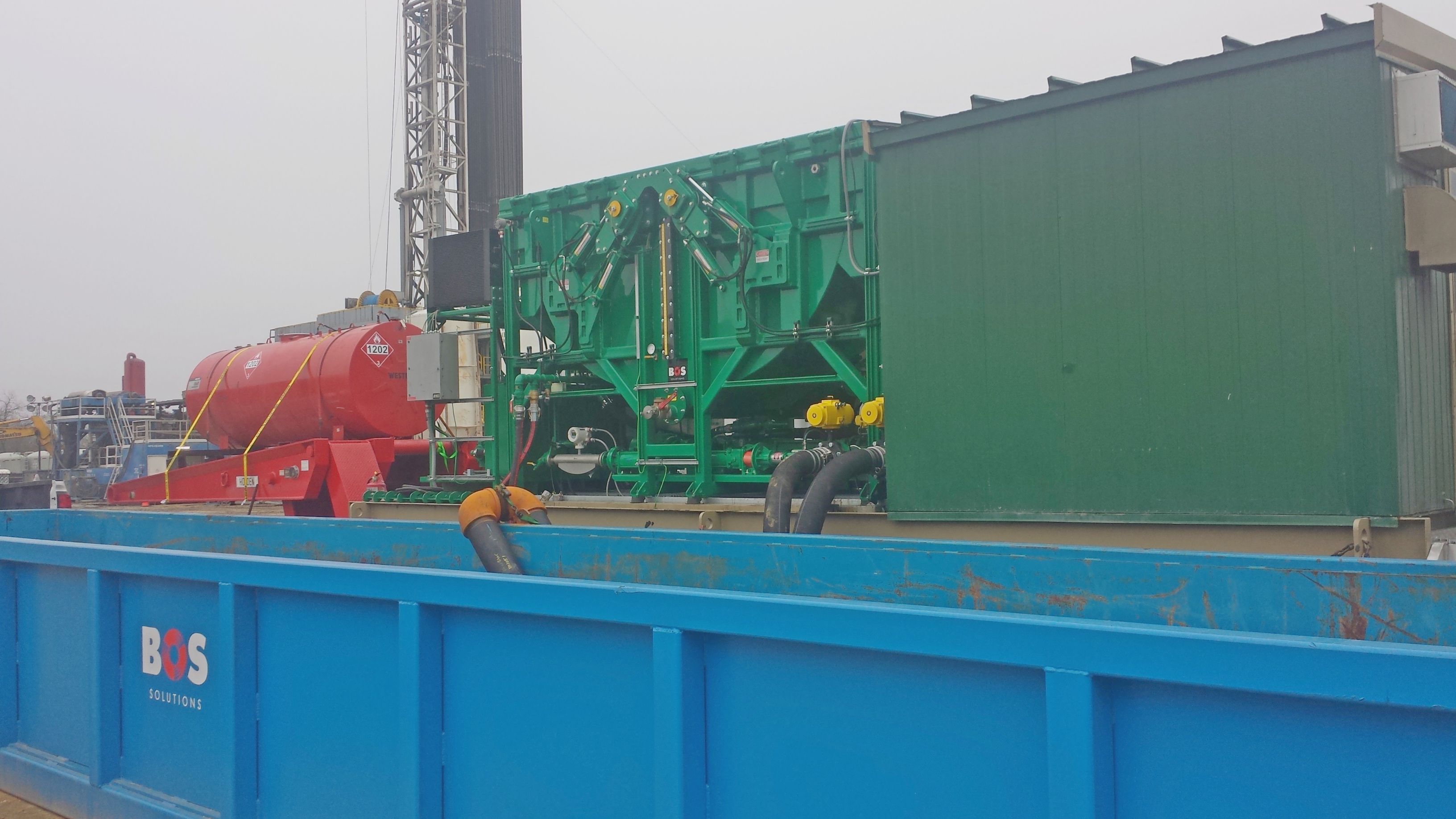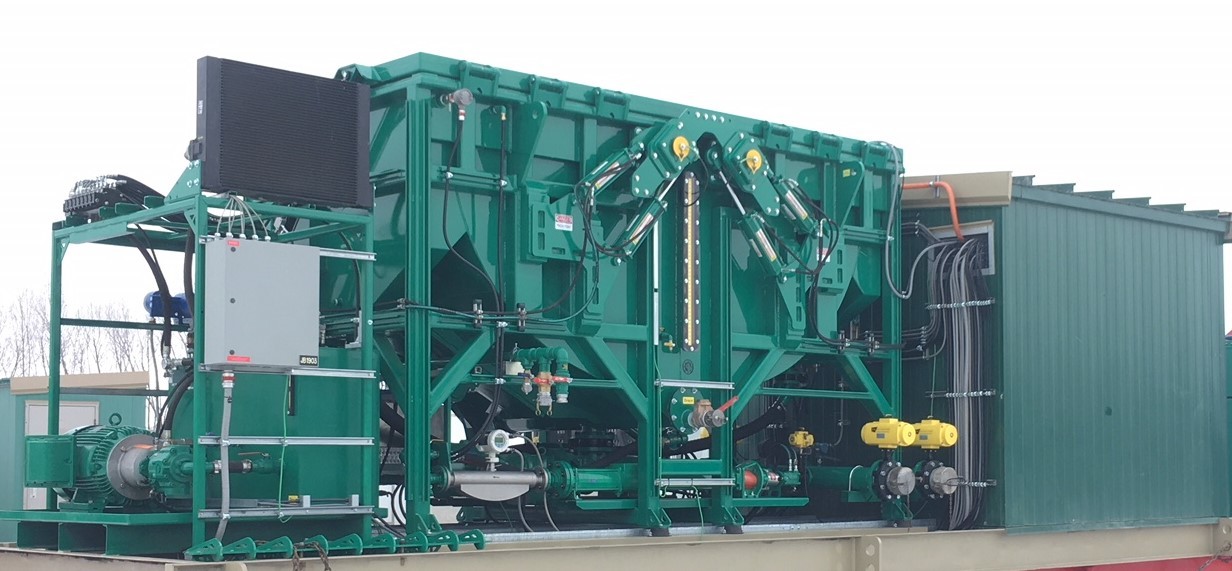Electro Separation Cell (ESC) 6M Flow Through
With 24 hour continuous flow through the ESC is able to reduce the LGS from 9% to 3% without the use of a centrifuge. This daily snapshot of ESC performance validates the consistant LGS control by ESC on active drilling sites.
The Situation
Solids control operations perform an integral part of drilling rig operations, both at surface and downhole. Historically, failure to effectively mitigate the accumulation of low gravity solids (LGS) has caused adverse effects, including wellbore stability, bit life, penetration rates and significant increase in drilling costs.
Current industry standard methods of solids control consist of the use of primary shale shakers, centrifuges, secondary drying shakers, vertical dryers. Individually or in combination, this equipment to mitigate solids are ineffective in the removal of colloidal solids and often remove higher density and desired particles such as barite.

The Solution
The Electro Separation Cell (ESC) technology can solve a multitude of solids removal issues. The ESC uses electrokinetics to destabilize the bonds within the OBM emulsion and separates out the base oil from the undesirable native clays and drilling solids. The ESC focuses on colloidal and ultra fine LGS of less than 6 microns. The ESC, run in flow through mode, allows operators to consistently maintain a target LGS without the use of traditional equipment.
This significantly reduces the costs of solids control and waste generation while maintaining substantial improvements in operational efficiencies.
The ESC 6M operates on active drilling sites by maintaining a 10% or less LGS level throughout drilling operations. By maintaining this level, there is a 60-70% reduction of waste produced, reducing storage, disposal and transportation costs as well as reducing the risks normally associated with drilling operations.

The Results
The ESC technology consistently provided LGS levels below 10% threshold throughout drilling operations.
- ESC treated 12.4ppg with 9% LGS down to 11.9ppg with 3% LGS. These results were achieved continuously throughout drilling operations.
- ESC technology did not effect the rheological properties of the drilling fluids.
- Oil percent by volume increased from 57.5% to 61%
- Particle Size Distribution indicated minimal variance, indicating that the ESC targets the full array of solids, focusing on LGS.
- Significant positive impact on drilling operations
